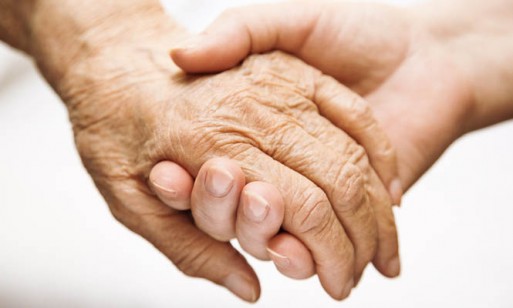
Credit:ecotexozone.com
What if you’ve cared for terminally ill loved ones until your resources have been exhausted? You are exhausted too, having taken on a role of a nurse while grieving over the impending loss. Finally a decision is reached to find palliative hospice care and that choice brings a welcome relief. You know that whether at home or in a nursing facility—your loved ones will be expertly cared for by professionals and you can return to their bedsides with enough energy to give them the needed emotional support as their loving mates, family members or friends.
The heartbreaking truth is: hospice care that has begun with an objective of humanizing care for the dying has become a business that puts profit above the interests of people going through the dying process—the very group it is supposed to serve.
But what if this arrangement abruptly ends as the treatment expenses exceed the Medicare cap and you are once again left alone as the caregiver for your loved ones during their most difficult final days? The heartbreaking truth is: hospice care that has begun with an objective of humanizing care for the dying has become a business that puts profit above the interests of people going through the dying process—the very group it is supposed to serve.

Credit: hrgalfriday.com
According to The New York Times‘ online blog, The New Old Age, the Medicare Payment Advisory Commission has discovered that 20 percent of hospice patients are let go before their deaths. While some may have chosen to die at home or have voluntarily left a hospice care facility, the majority of these patients were discharged alive and with more advanced stages of their illness. While both nonprofit and for-profit hospice providers had released patients prior to their deaths, a national survey published in JAMA Internal Medicine revealed a 40 percent higher rate of disenrollment by the for-profit hospice care providers than their nonprofit counterparts.
In her conversation with The New Old Age, Dr. Melissa Aldridge, a health researcher at Mount Sinai School of Medicine in New York, explains that the differences in ownership influence the care and services provided to the dying patients and those close to them. According to the study cited by Dr. Aldridge, for-profit hospice providers are more likely to enroll their clients for longer periods of stay and care for them in a nursing home or an assisted living facility.
The differences in ownership influence the care and services provided to the dying patients and those close to them.
While Medicare reimburses for-profit hospices at a fixed daily rate, not all days cost the same. The first few days, when the care for the patient is being planned and determined, as well as the last days when more medical attention is necessary, are more expensive. The time between the start and end of care is more advantageous for the for-profit hospices since during that period care is most routine and less expensive. Therefore, the for-profit hospices recruit their patients for longer stays and disenroll them when the cost of care exceeds an “aggregate annual cap,” which was $26,157.50 in 2013. Nonprofit hospices ware more likely to enroll patients closer to their times of death, when such care is most needed and are less likely to exceed the cap. 22 percent of for-profit hospices have exceeded the cap, while only four percent of nonprofits have done the same.
It’s impossible to predict mortality; dementia patients, for example, may have longer survival rates than cancer patients. There is also a chance that with good hospice care, the patient’s condition may even temporarily improve. During the tough period of caring for a terminally ill loved one, it may be difficult to thoroughly research all the available care options. However, when seeking a hospice care that is less likely to discharge the patient three weeks before death, going with a nonprofit hospice may be a safer choice.
A list of features to look for in hospice care from ConsumerReports.org:
- Not-for-profit status and 20 or more years of experience.
- Hospice-certified nurses and doctors on staff and available 24 hours per day.
- Palliative-care consultants who can begin care if you’re not yet ready for hospice.
- An inpatient unit, where patients can go if symptoms can’t be managed at home.
- Ability to provide care in nursing homes and assisted living residences.

 The Pitfalls of Choosing Hospice Care
The Pitfalls of Choosing Hospice Care




 Composting Bodies Is Now Legal in a Dozen States
Composting Bodies Is Now Legal in a Dozen States














